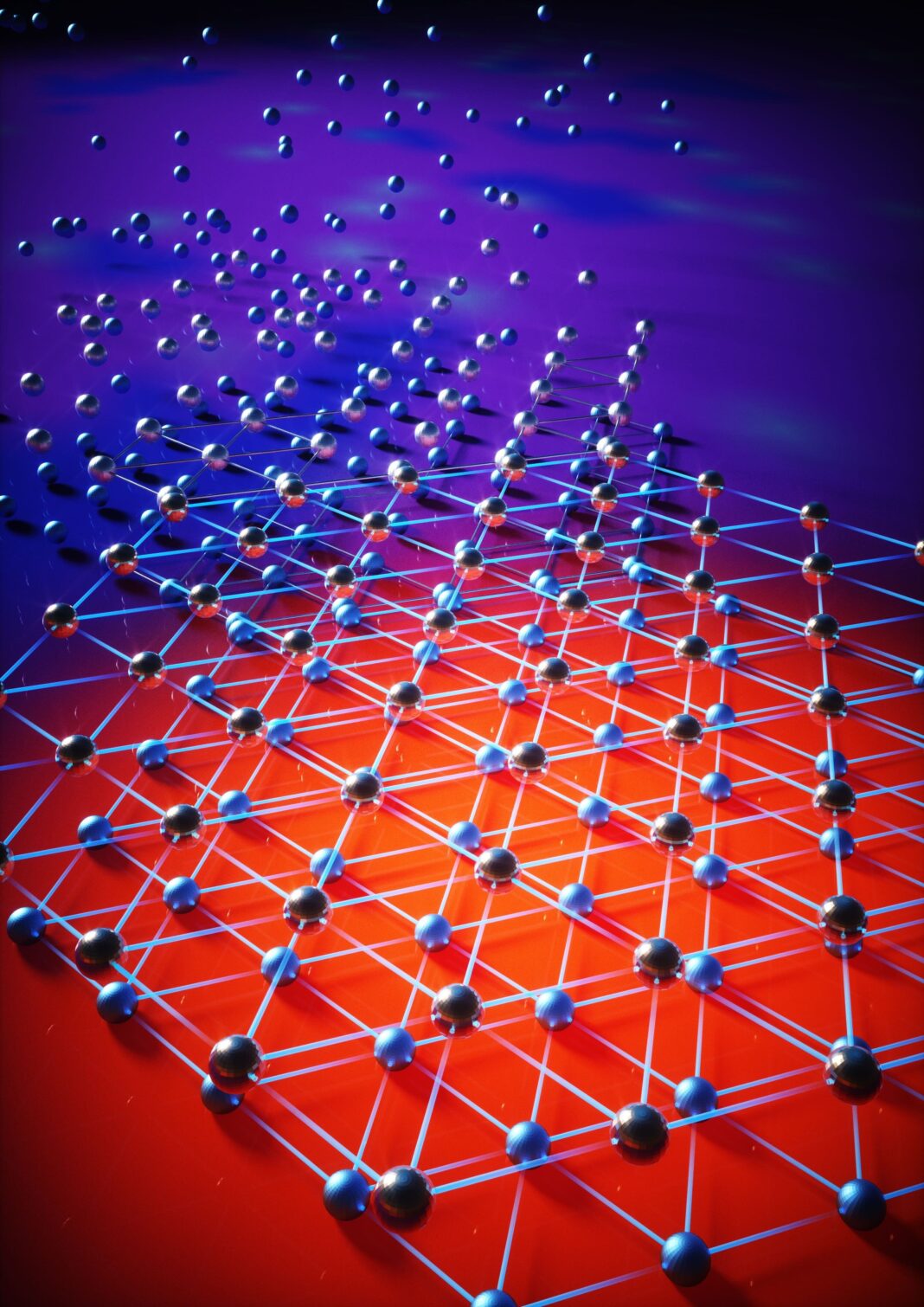In 1934, physicist Eugene Wigner made a theoretical prediction based on quantum mechanics that for 87 years went unseen. The theory suggested how a metal that normally conducts electricity could turn into a nonconducting insulator when the density of electrons is reduced. Wigner theorized that when electrons in metals are brought to ultra-cold temperatures, these electrons would be frozen in their tracks and form a rigid, non-electricity conducting structure – a crystal – instead of zipping around at thousands of kilometres per second and creating an electric current. The structure was coined a Wigner Crystal and was observed for the first time in 1979. What remained elusive to physicists, however, was the melting of the crystal state into a liquid in response to quantum fluctuations. Now, almost 90 years later, a team of physicists has experimentally documented this transition, reports Phys.org. The work, described in a study published in the journal Nature, marks a big step toward creating a system for studying these kinds of transitions between states of matter at the quantum level, a long-sought-after goal in the field. The team focused on observing Wigner crystals and their phase transitions in the study. In chemistry, physics, and thermodynamics, phase transitions happen when a substance changes from a solid, liquid, or gas to a different state. When quantum fluctuations near absolute zero temperature drive these transitions, they are called quantum phase transitions. These quantum transitions are thought to play an important role in many quantum systems. In the case of a Wigner crystal, the crystal-to-liquid transition happens from a competition between the classical and quantum aspects of the electrons – the former dominating in the solid phase, in which electrons are “particle-like,” and the latter dominating in the liquid, in which electrons are “wave-like”. For a single electron, quantum mechanics tells us that the particle and wave nature are complementary. To see the transition, the researchers used a method called exciton spectroscopy. They use light to excite an electron in the system and bind it to the electron vacancy, or hole, it leaves behind, forming hydrogen-like electron-hole pair known as an exciton. This pair interacts with the other electrons in the material and modifies its properties so they can be seen optically. The findings from the paper were largely accidental and came as a surprise, according to the researchers. The group set out in a different direction and were puzzled when they noticed the electrons in their material displayed insulating behaviour.
https://phys.org/news/2021-06-document-quantum-wigner-crystals.html


